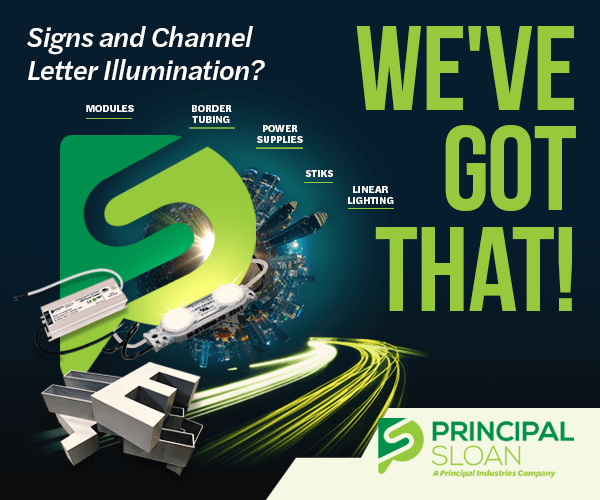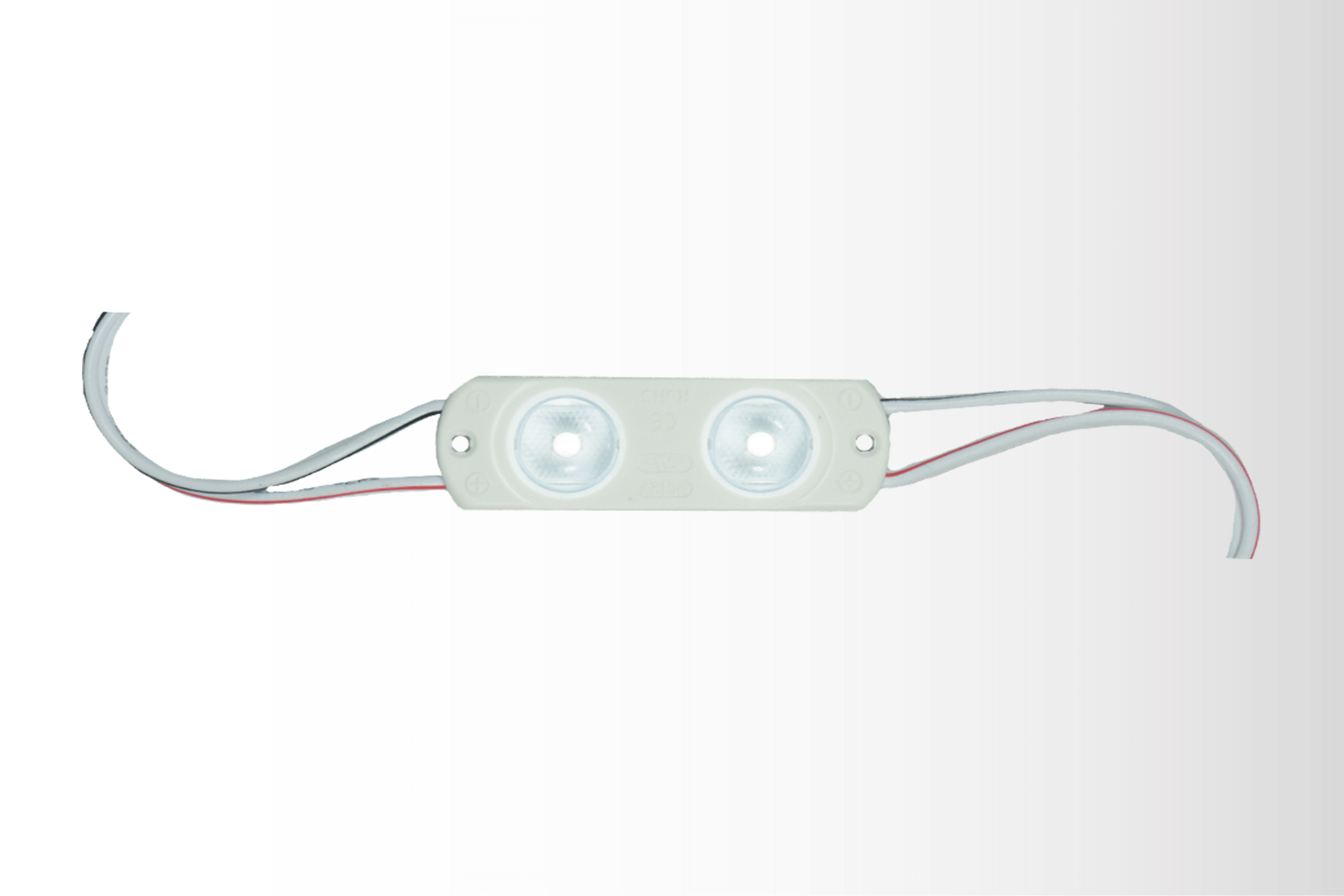The LED industry has matured significantly over the past few years. Surface Mount LEDs (SMD)—such as those used to populate the LED modules used in large electronic billboards and EMC displays—have become an industry standard, and are transitioning from a growth market niche into a mature industry in its own right. The growing up of LEDs means one thing—brutal price wars and aggressive competition. As a result, major players will emerge and some of the competition will be eliminated. Therefore, choosing the right vendor is critical. Here are some critical points to consider when choosing the right EMC-type and manufacturer.
The Application Environment
LEDs come in a wide range of resolutions. Since the LEDs are in a square area, doubling the resolution or pitch results in four times as many diodes needed, so higher resolution displays can get quite pricey, and fast! The key to maximizing the performance-to-cost ratio is to understand the resolution versus the distance from the viewer.
In situations such as freeway electronic billboard-type applications, where the viewing audience will never be very close to the screen, a lower-resolution product makes the most sense. In situations where the audience will be closer to the screen, it’ll be worth the money to go for a higher-resolution product.
According to Mike Freeborg, sales director for Salt Lake City-based electric sign manufacturer Prismview, “Many first-time buyers don’t understand the difference between 20mm and 16mm (pitch). They just see that 16mm is more expensive and opt for the less expensive 20mm display, when for their intended use and content 16mm would clearly be the better choice.”
YESCO rebranded itself as Prismview, a Samsung Electronics Co., earlier in 2016.
Pixel Sharing and Color Depth
Some manufacturers such as Mitsubishi and Taiwan-based Opto Tech utilize virtual or pixel sharing technology to create a higher-resolution display using fewer LEDs. In a full-color EMC, a red, blue, and green diode represents a pixel. Pixel sharing is accomplished by sharing the LED from one pixel with the surrounding pixels using a unique drive technology. The result is that the same “virtual” resolution seen by the eye is achieved with less than half the number of LEDs—or three times the resolution with the same number of LEDs.
The other item to consider is color depth or grey scale. This is important for higher resolution applications. One bit color, for instance, is just black and color, two-bit color (22 = 4 colors), three-bit color (23 = 8 colors)… eight-bit color (28 = 256 colors)… 16-bit color (216 = 65536 colors). The level of grey scale depends upon the type and complexity of the integrated circuit. Most LED video screens are between eight and 16 bits. High-level grey scale is important when the goal is to display high-quality images, such as video billboards.
The point is that it is important to think about what content you’re looking to display on the EMC. The days of buying monochrome message centers for text-only applications are pretty much over. Full color EMCs capable of incorporating imagery into messaging are much more affordable than even five years ago. That said, when you’re buying a full color outdoor EMC, you’re not buying a TV. Think about the imagery you’re looking to play on screen and work with a knowledgeable sales professional who can advise you on the resolution that will work best for your planned content.
Request Detailed Spec and Performance Data
There are a lot of resellers in the US market selling low-cost EMCs, many of which have no direct contact with the OEM or manufacturer. Clearly the LEDs themselves are the most critical component of the device. Some LEDs are much less expensive than others, but they also could be less bright.
This means that in order to maintain an equivalent brightness with cheap LEDs, they must draw more power, equating to higher operating costs. In addition, higher power can mean shorter life (and higher maintenance costs). “Your parts warranty is only as good if the company that built your product is still around to provide those parts when you need them,” says Freeborg. In addition to the warranty, it is important to buy from manufacturers that have written performance data and testing documents. Many EMCs must function in harsh external environments. Most reputable manufacturers can provide salt spray and humidity test data.
Service After the Sale
Ask for a list of references in the same area. Call them and ask them about their experience. It’s great to hear that everything has been fine, but sometimes you can learn more from a customer who had an issue. Stuff happens with electronic products—find out how the company handled the warranty or service issue. Ask about their service. How long did it take the company to respond to an on-site service call? Do they have 24/7 customer service?
Also, ask about calibration services. It is critical that the LED displays are calibrated for uniform brightness and even chromaticity (i.e. color balance) at the factory. Not performing such calibrations can result in an uneven and non-uniform display. Over time all LEDs will dim. This can create a problem when a portion or panel module has to be replaced. Some vendors have special software that will adjust for the brightness and shifts in chromaticity when a new panel is replaced so that the display is uniform after a panel replacement. Other vendors offer on-site calibration services as well.
Choose the Right Software
Software is a critical part of any EMC display. First, make sure the software is compatible with the customer’s operating system (obviously). Just as important is to understand clearly the design needs are the customer’s.
LED video, messaging and scoreboard solutions provider Daktronics for example, offers a range of software with their Venus 1500 control software systems. The basic use software allows for someone with limited computer skills to put out basic messages for simple EMCs, but it also accommodates more advanced systems for more complex graphics and sophisticated scheduling. “Daktronics also provides a media kit with each display and offers affordable content for sale on the online storefront,” says Heath Rasche, sign company sales developer for Daktonics. Many of the content catalogs, such as the one containing the logos of charities, are free. Content support ranges from instructor-based training options to self-guided, online training.” Daktronics also offers several free best practices resources to help operators create effective content.
Ease of scheduling is important to allow the customer to move content in and out of a content playlist easily. Many EMC providers offer pre-developed content libraries that remove the need for on-staff graphic designers.
“Many businesses, large and small, need help with creating compelling content,” says Freeborg. “We see being able to provide professional graphic design as being an important service to offer customers.” The key to developing repeat business is to understand the needs of the customer and give them a package that provides functionality, ease of use, and meets the design and resolution expectations of the customer. While up-front cost is always a consideration, outlining the total life cycle costs and performance benefits is critical. An EMC is an investment and it is key that the customer be able to maximize that investment to drive sales or convey the desired message.
Looking Ahead
So what’s on the horizon? The past 10 years have seen the evolution of the simple “reader boards” that provided simple messaging into today’s more sophisticated electronic message centers, capable of high-impact changeable copy, video, and full-color graphic imaging. Once limited to the high-end casinos and larger businesses, lower cost full-color EMCs have made this communication media affordable and accessible to smaller businesses.
Over the next few years, you can expect EMCs to increasingly move into new areas that were traditionally cost prohibitive—like large-format EMCs for indoor spaces, like shopping malls. They are also turning up in unusual places like dance floors in nightclubs, and as backdrops in other public spaces to create new and exciting visual impact. At the heart of the growth, EMCs will continue to be a critical advertising and messaging media for years to come.
This article was published in Sign and Digital Graphics magazine on March 5, 2014.





